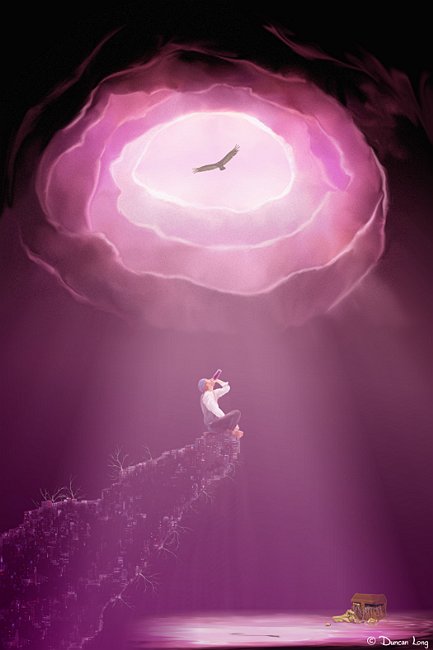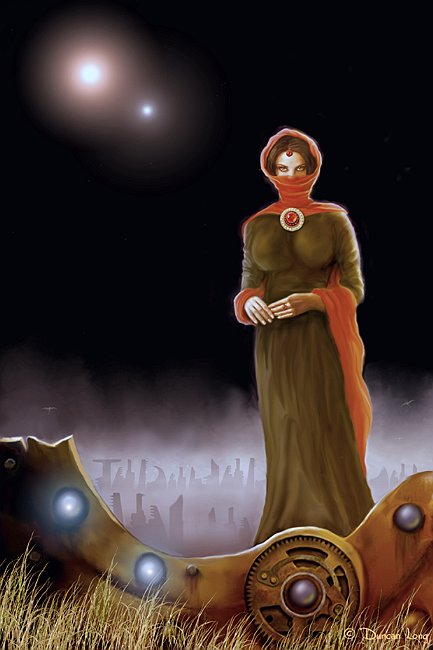The Right Typeface for a Book Cover
filed in Book Cover Illustrations and Artwork on Apr.19, 2010

Picking the right typeface for the lettering on a book cover can be key in getting sales as well as presenting a professional appearance to potential buyers.
One of the mistakes many cover designers make (and especially self-publishing authors) is to select type that calls attention to itself. At first blush this seems a good choice. Often it’s not because instead of drawing the reader’s attention to the title or author’s name, such type becomes its own center of attention.
For most cover work, the best typeface is “invisible” to the viewer, presenting the words without getting in the way of the message. That means pretty much standard sans and serif fonts are generally first choices as typefaces for a book.
That said, there will be occasions when a special type may work. Genre fiction and historic novels can both accommodate more ornate type to advantage. For example science fiction, horror, or fantasy titles might all use appropriate fonts rather than the tried and true sans and serifs. And an old grungy typewriter font for a novel set in World War II or a mystery set in the 1950s can be the perfect choice.
But generally it’s best to go with an “invisible” font. If you look at the catalog of most large publishers, you’ll see that’s what they do. And they do that with good reason. It works. It sells books.
If you do need a special typeface, two good sources are :
http://www.abstractfonts.com/ and http://www.dafont.com/
The plus of these sites is that they are constantly updating and also give you a pretty good idea of whether the typefaces have restrictions on their use or not — an important consideration if you’ll be using the types for commercial purposes. Very important, in fact. Because if you don’t have the rights secured for the typeface you use, the press printing your title may not go through with the work and/or you might be taken to task by the typeface designer for using the font without permission. While lawsuits over typeface use are relatively rare, they can occur. And you don’t want to be one of those rare cases, right?
So pay attention to the rights associated with any font you might be using on the cover or inside a book you’re publishing.
And when in doubt, go with a tried and true standard typeface that doesn’t call attention to itself.
Here are some tried and true typefaces often employed in the publishing industry: Giovanni, Meta, Stone, Giovanni, Garamond, Bembo, Granjon, Garamond, Poynter, Franklin Gothic, Helvetica, Utopia, Times, Nimrod, Century Old Style, and Interstate.
These may not be perfect for the book cover you’re designing. But for about 98 percent of the time, a designer will be safe choosing one of these types for a book cover.
=====================
Duncan Long is a freelance illustrator and sometimes book cover designer. Among those using his work are HarperCollins, PS Publishing, Pocket Books, Solomon Press, Fort Ross, Asimov’s Science Fiction Magazine, and many other publishers and self-publishing authors. See his magazine and book cover illustrations at: http://DuncanLong.com/art.html
=====================
Comments Off on The Right Typeface for a Book Cover








